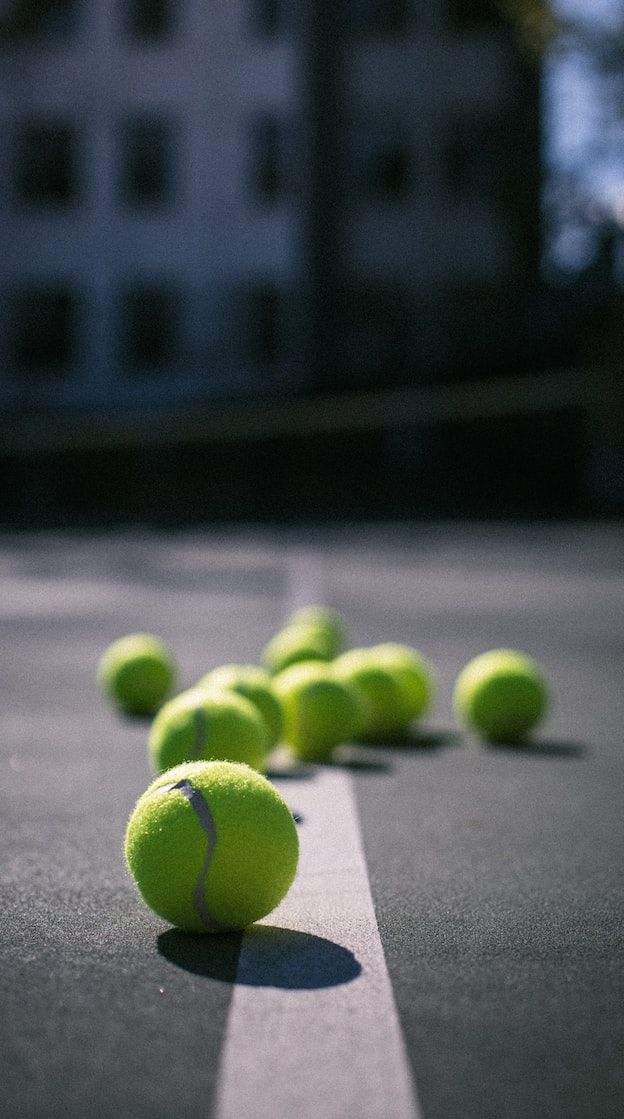Tips for Choosing the Right Padel Ball for High-Altitude Play
3 min read
Tips for Choosing the Right Padel Ball for High-Altitude Play
Greetings, fellow padel enthusiasts! Today, we are going to discuss a topic that can make or break your game when playing at high altitudes: choosing the right padel balls. As a human expert in the sport, I understand the importance of using the correct equipment to optimize performance. So, let’s dive into the world of padel balls and how altitude affects them, shall we?
The Science Behind Padel Balls and Altitude
Before we jump into the tips, it’s essential to understand why altitude can have an impact on your choice of padel balls. As you may already know, air pressure decreases as you go higher above sea level. This decrease in air pressure affects the flight and speed of the ball, making it behave differently compared to playing at sea level.
At higher altitudes, where the air is thinner, the ball tends to move faster through the air due to reduced air resistance. This increased speed can make it trickier to control the ball and can lead to unexpected bounces. Therefore, it is vital to choose the right padel ball that suits the specific challenges of playing at high altitudes.
Choose a Suitable Ball Type
Now that we understand how altitude affects padel balls, it’s time to go shopping for the right ball. Firstly, consider the ball type. Most commonly, padel balls are categorized into two types: pressurized and non-pressurized balls.
Pressurized balls are the standard choice and are well-suited for sea-level play. However, at higher altitudes, the thinner air can cause the pressurized balls to lose pressure more rapidly. This loss of pressure can significantly affect the ball’s bounce and performance. To avoid this issue, opt for non-pressurized balls, which are better equipped to handle the unique conditions created by high altitudes.
Choose the Right Ball Density
Another crucial factor to consider is the density of the padel ball. Density relates to the ball’s core material, and it affects not only its overall weight but also how it interacts with the air and behaves during gameplay.
At high altitudes, where the air is thinner, it’s advisable to select a padel ball with a lower density. Balls with lower density tend to be lighter, allowing them to cut through the air more easily and retain better control during play. On the other hand, a higher-density ball may feel heavy, making it difficult to achieve the right level of finesse and accuracy.
Experiment and Adapt to Altitude
While there are general recommendations for choosing padel balls based on altitude, it’s important to remember that everyone’s playing style is unique. Therefore, it’s always a good idea to experiment with different ball types and densities to find what works best for you.
Try playing with both pressurized and non-pressurized balls to see how they perform at different altitudes. Test out balls with various densities to discover which one ensures optimal control and performance for your specific game style.
Summary
Altitude plays a significant role in padel ball performance, but fear not! With the right knowledge, you can select the perfect ball to conquer those higher altitudes. Remember, opt for non-pressurized balls to maintain consistent bounce and choose lower-density balls to maximize control and accuracy.
Now that you are armed with these tips, head out to the padel court and unleash your skills with confidence. Adapt to the altitude and dominate the game like a true padel pro!






